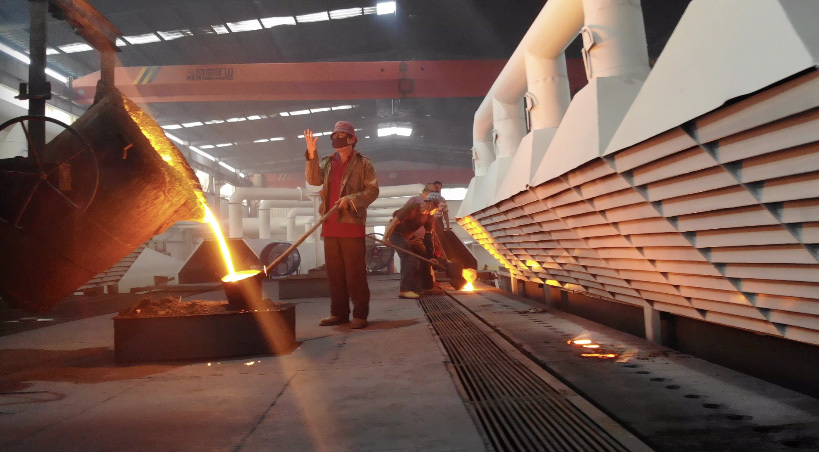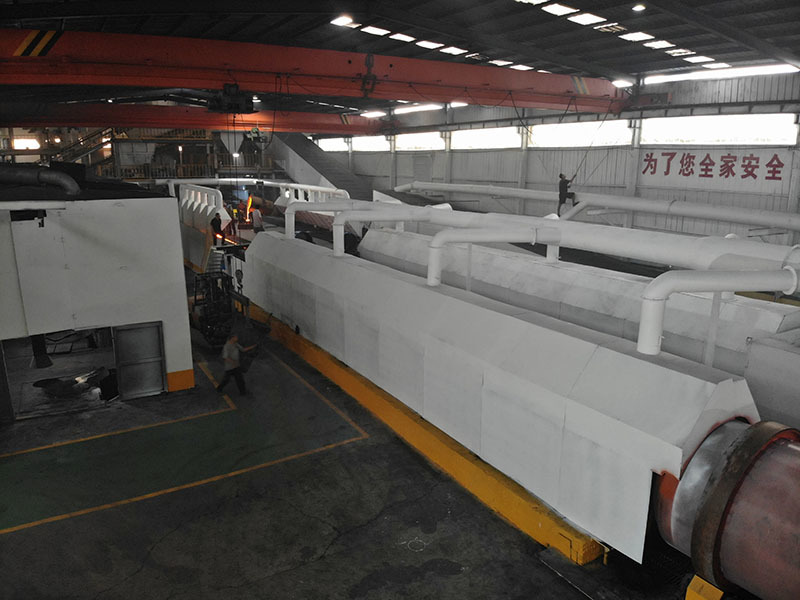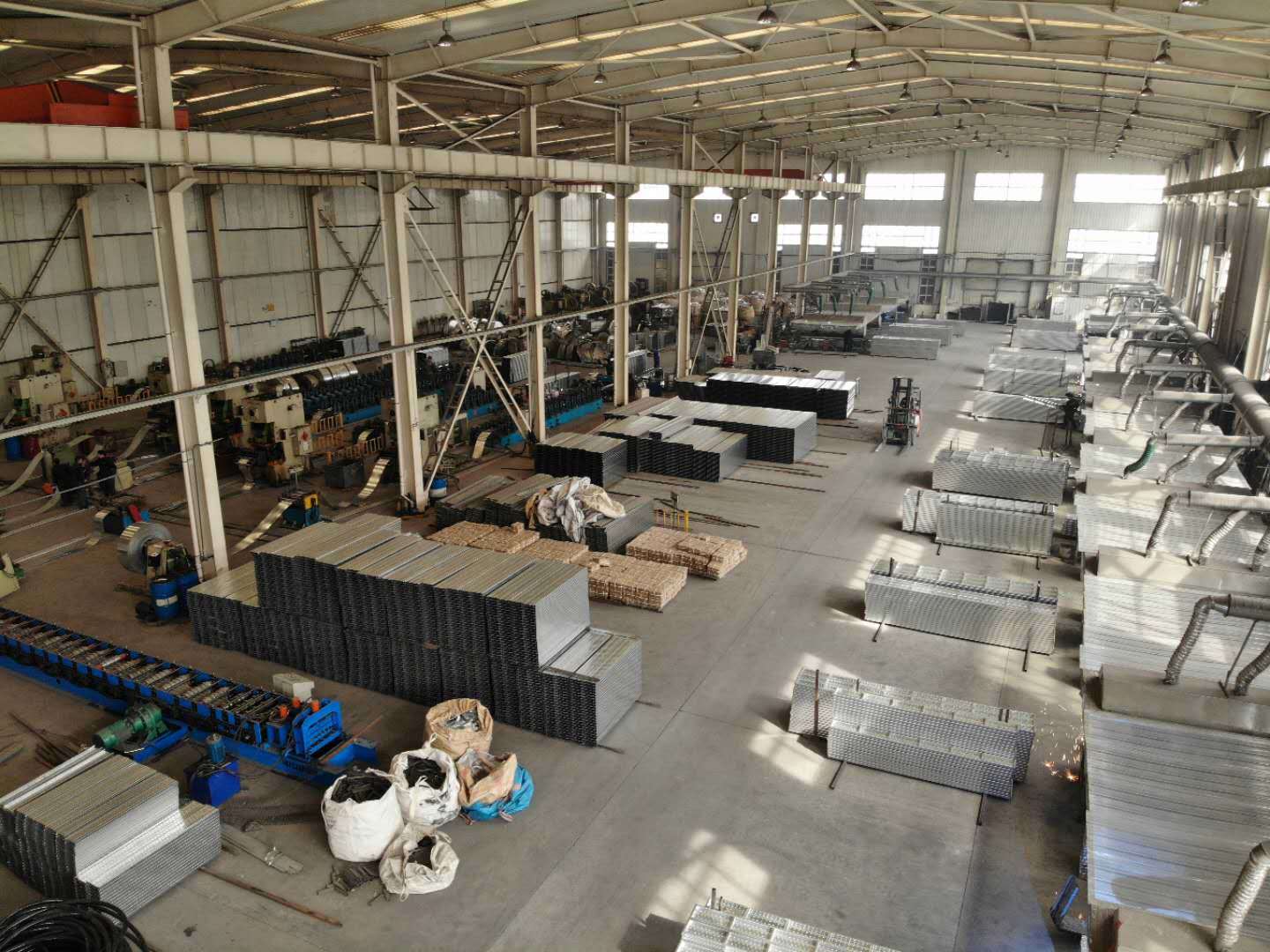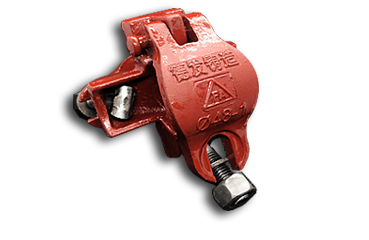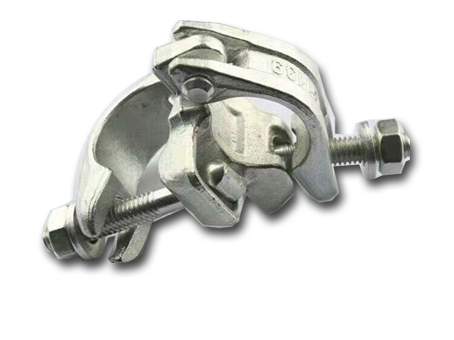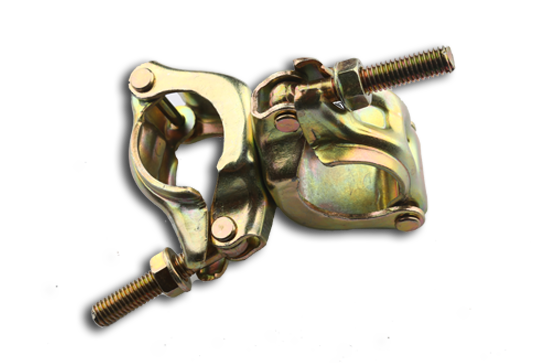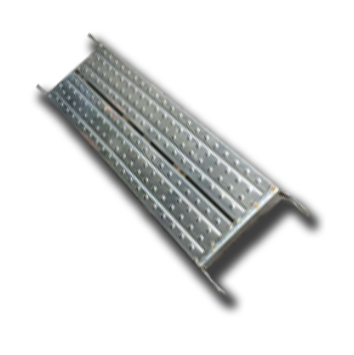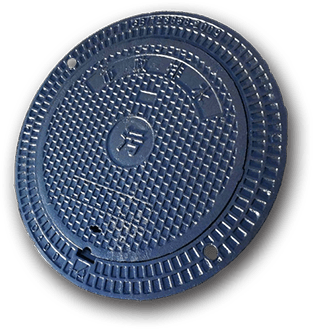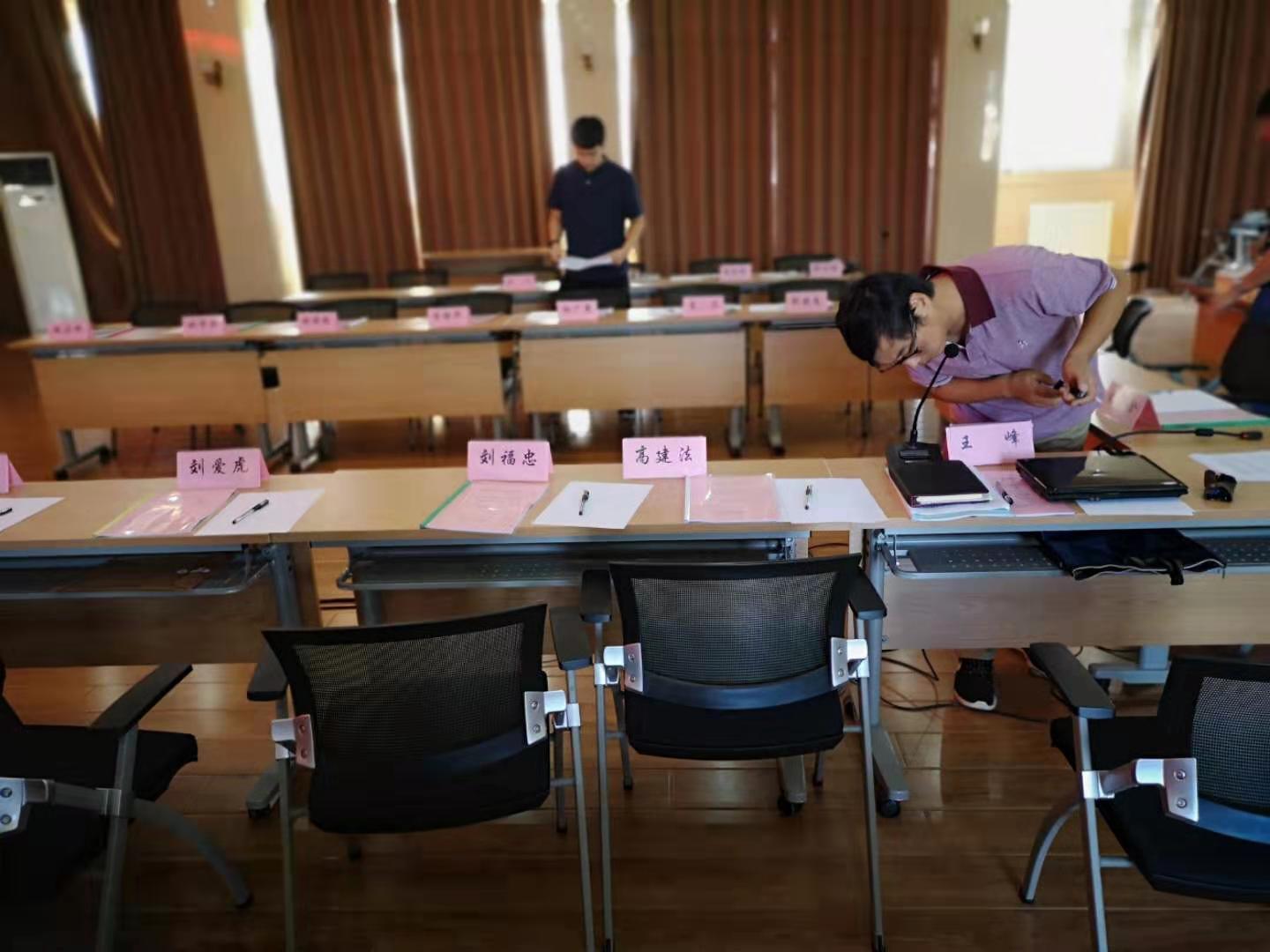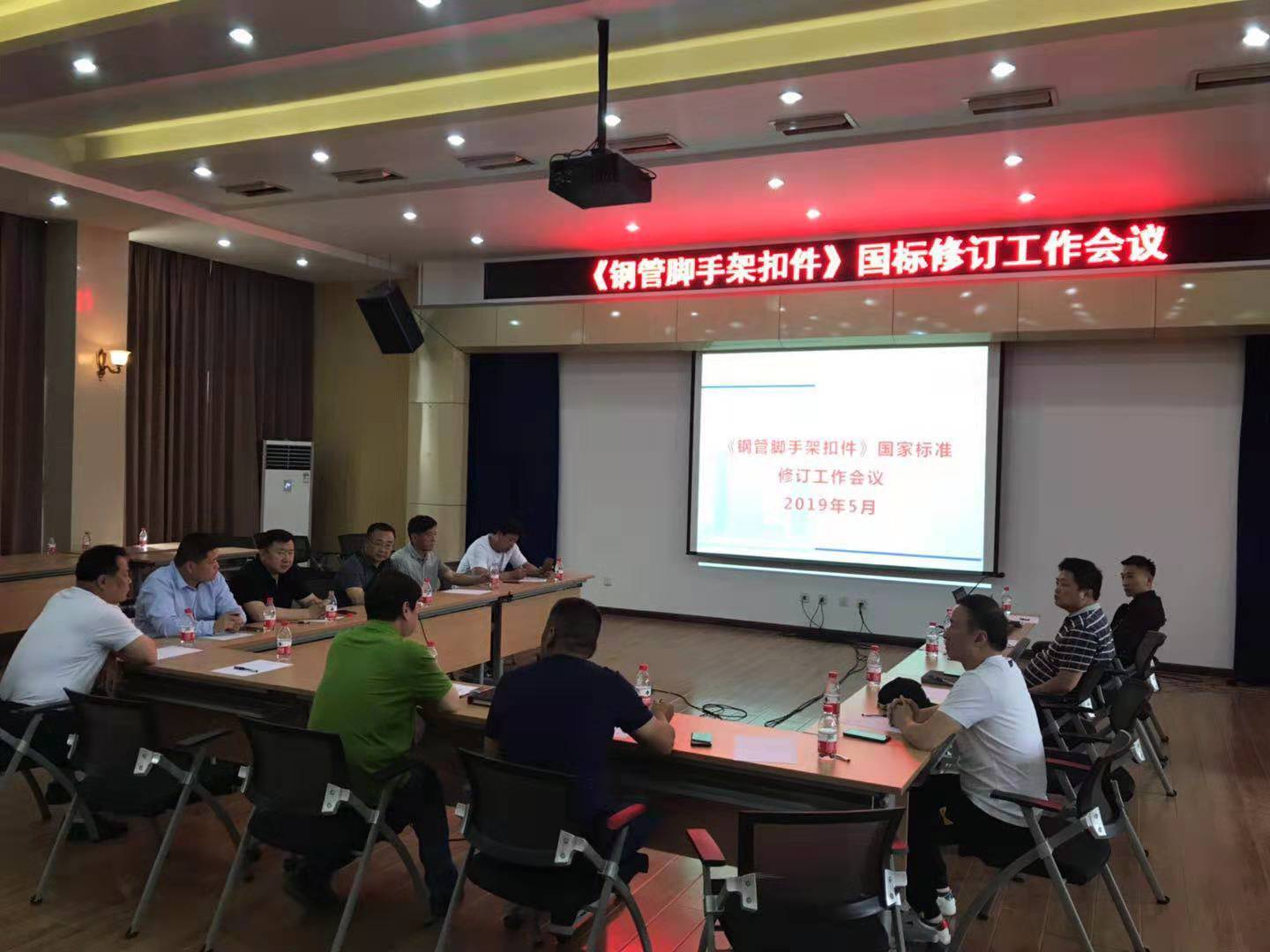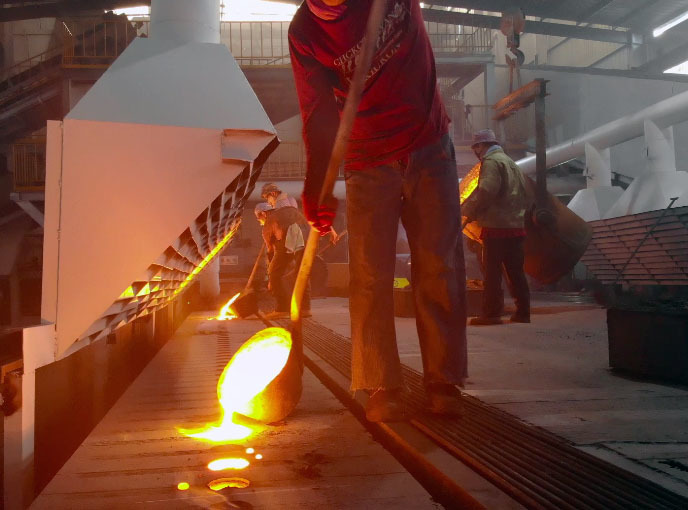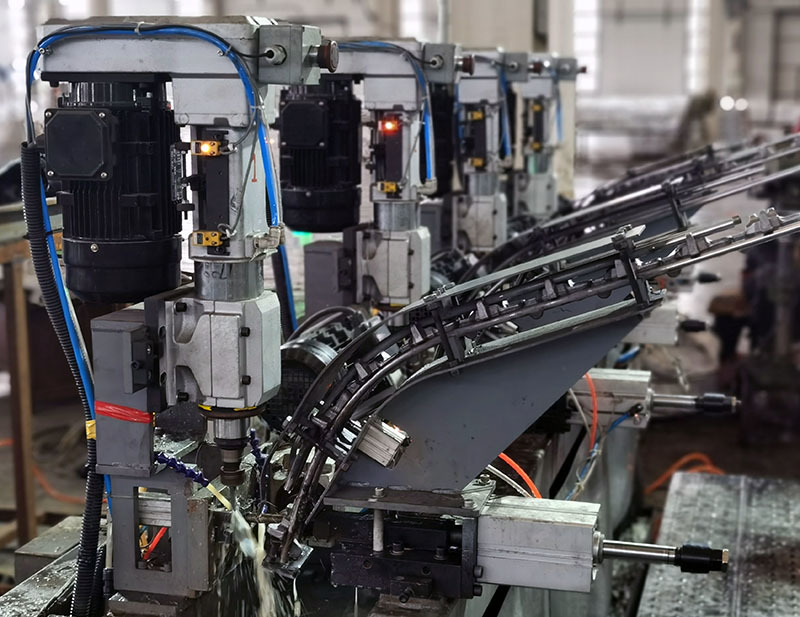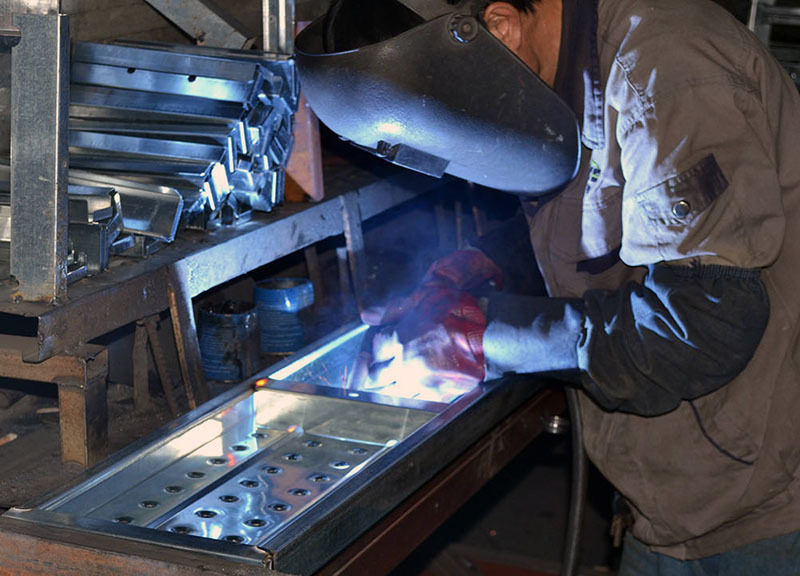Classification of scaffolding fasteners
Release time:
2022-03-22 09:26
source:
Scaffold fasteners are classified differently in different aspects.

Scaffold fasteners can be divided into cast fasteners, stamped fasteners, forged fasteners, etc. in terms of technology. Among them, casting is inferior to stamping in terms of quality, and stamping is inferior to forging.
Scaffold fasteners are divided into hot-dip galvanized fasteners, electrogalvanized fasteners, paint fasteners, etc. in surface treatment.
Scaffold fasteners can be divided into right angle fasteners, rotating fasteners, external fasteners, internal fasteners, fixed plate fasteners, pig ear fasteners, cantilever fasteners, half buckle fasteners, fixed ladder fasteners, mushroom head fasteners, etc.
Scaffold fasteners can be divided into lightweight fasteners and heavy-duty fasteners in terms of weight;
In terms of execution standards, it can be divided into national standard fasteners, British style fasteners, German fasteners, American fasteners, Australian fasteners, Italian fasteners, Japanese fasteners, Korean fasteners, etc. Different execution standards apply to different countries and regions.
The specifications of scaffolding fasteners can be divided into 48 * 48, 48 * 60, 60 * 60, etc. The specification is the size of the outer diameter of the steel pipe.
The bearing capacity of scaffolding fasteners is not only affected by stability, but also by the ability to prevent overturning. The anti overturning ability of scaffolding is mainly affected by its aspect ratio.
The aspect ratio is an important reference when selecting the value of the calculated length coefficient of the crossbar in the "Technical Specification for Safety of Steel Pipe Scaffolding with Couplers in Construction" JGJ130-2011. Specification requirements: The width to height ratio of the pool scaffold should not be greater than 3. When the width to height ratio is greater than 2, wall connections and building structural ties should be installed at horizontal intervals of 6-9-m and vertical intervals of 4-6m around and inside the frame. When wall connections cannot be installed, measures such as steel wire rope tension fixation should be taken.
The "Technical Specification for Safety of Construction Formwork" JGJ162-2008 also points out that when the outdoor support column is a military column, the aspect ratio cannot be greater than 5. When the aspect ratio is greater than 5, in order to ensure stability in the width direction, it is necessary to add support or cable straps.
Therefore, in accordance with the principle of safety, scaffolding fasteners must strictly comply with the specifications and requirements in actual construction, ensuring that the length to width ratio of the bracket is not greater than 3.
The conclusion is as follows:
1. Scissor support plays an important role in improving the stability of scaffolding. Setting up scissors support can greatly improve the stability of scaffolding.
2. Reasonably setting the horizontal rod can effectively improve the load capacity of the frame. During construction, it should be avoided to extend the length of the top horizontal rod by more than 0.5m, and the floor should be swept according to specifications.
3. During the construction of fasteners, it is important to reasonably control the tightening torque of bolts, which is around 50N m.
4. The aspect ratio is an important factor affecting the anti overturning ability of scaffolding. It should be ensured that the aspect ratio of scaffolding is not greater than 3. When the aspect ratio exceeds 2.5, the frame should be fixed according to relevant regulations to improve stability.
Correlation News
2023-01-03


